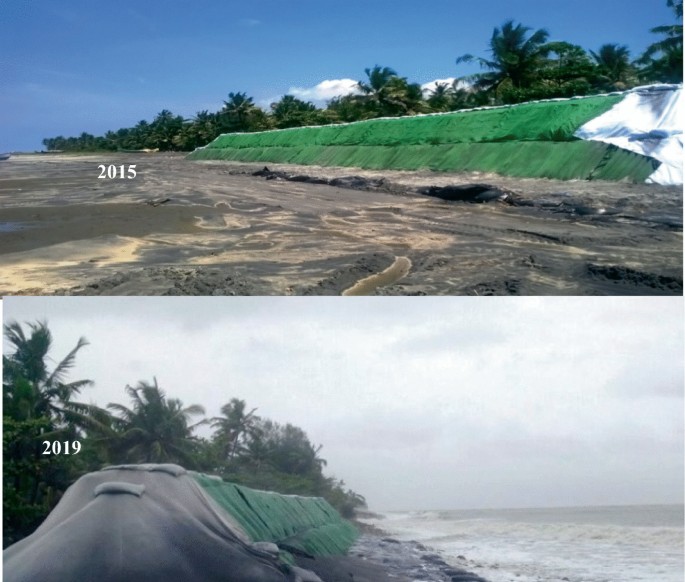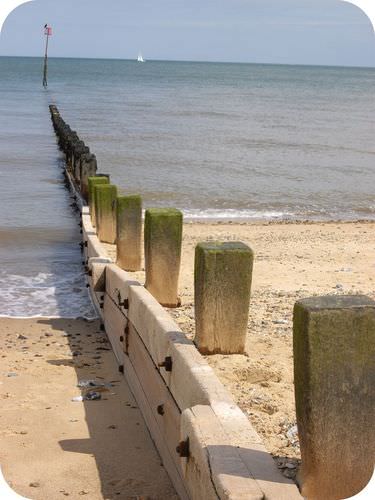The Of Shore Protect Team
Fascination About Shore Protect Team
Table of ContentsA Biased View of Shore Protect TeamThe Single Strategy To Use For Shore Protect TeamShore Protect Team Things To Know Before You Buy3 Easy Facts About Shore Protect Team ShownThe Best Strategy To Use For Shore Protect TeamGetting My Shore Protect Team To WorkShore Protect Team Fundamentals Explained
Decrease in residential property worth: As the area tourism is impacted by disintegration, so then is the economic climate. Buyers are less most likely to browse for a coastline home that might be destroyed anytime by the impending flooding and erosion emergency situation. Subsequently, residential property value can go down exceptionally and influence the whole area.Whether a beach is just little and congested or has to close completely for the safety and security of the environment and close-by properties, this greatly impacts tourist. Consequently, regional economic situations are affected (https://www.freelistingusa.com/listings/shore-protect-team). Threat of injury: The increased danger of flooding and architectural failures creates a raised risk of injury to nearby tourists and community members

Coastline stabilization is directly associated to their work. Waterside hotels: Because shoreline disintegration influences tourist, it influences the success of waterside resorts.
Facts About Shore Protect Team Uncovered
Coastal business businesses: No visitors indicates no business. Coastal state parks: State parks that exist along coasts are at danger of damage.
Soft stabilization is a much better option for the atmosphere and more sustainable overall. Difficult stablizing makes use of manufactured frameworks as security to regulate erosion. Normally, these frameworks are installed at appropriate angles or alongside quit sand motion and lessen the force of waves. Most types of difficult stablizing like seawalls and sheet steel are not perfect for shoreline stablizing.
The 3-Minute Rule for Shore Protect Team
There's also insufficient proof of their effectiveness relying on the type of coastline and regional conditions. Tough stablizing techniques tend to be harder to mount and do not match the natural aesthetic, standing out like an aching thumb and harming local environments in numerous scenarios. Coastline nourishment is the procedure of adding shed sand and debris back to beaches after disintegration has actually happened.
TrapBags aid in the procedure of coastline nutrition by shielding all-natural ecosystems and permitting plants to expand. While this process can be pricey and is not permanent, the pros tend to outweigh the disadvantages. TrapBag barriers offer numerous buildings that make them optimal for seaside and shore erosion security. They're: Eco friendly: You can make use of native dirt both to surround and to load the TrapBags.

Some Of Shore Protect Team
They can also be mounted without any heavy equipment. Economical: TrapBags are ideal for both tiny and large areas of shoreline.
Incorporated with a high construction cost, this has actually caused increasing use of other soft engineering coastal monitoring options such as coastline replenishment. Seawalls are built from numerous products, many generally strengthened concrete, rocks, steel, or gabions. Other feasible construction materials consist of vinyl, timber, light weight aluminum, fiberglass composite, and eco-friendly sandbags made of hemp and coir. The ideal seawall style depends on location-specific elements, consisting of surrounding disintegration processes. There are three main kinds of seawalls: upright, curved, stepped, and piles (see table below).
Natural barriers, such as reef and mangrove forests, stop the spread of tidal waves and the circulation of seaside waters and reduced the flood and rise of water. A cost-benefit strategy is an effective way to identify whether a seawall is ideal and whether the advantages are worth the expenditure.
The Greatest Guide To Shore Protect Team
A seawall is a static attribute which can contravene the vibrant nature of the shore and impede the exchange of debris between land and sea. The table listed below sums up some favorable and negative results of seawalls which can be utilized when comparing their effectiveness with other coastal monitoring alternatives, such as beach sustenance. [] Advantages and drawbacks of seawalls according to Short (1999) Advantages Downsides Long term option in comparison to soft beach nutrients.

This can create coastlines to dissipate, rendering them worthless for beach goers. Generally, seawalls can be a successful method to manage seaside disintegration, but only if they are created well and out of products that can endure the pressure of recurring wave power. Some understanding is required of the coastal processes and morphodynamics particular to the seawall place.
The Ultimate Guide To Shore Protect Team
Incorporated with a high building and construction cost, this has resulted in raising use various other soft design coastal administration options such as coastline replenishment. Seawalls are constructed from numerous materials, a lot of generally enhanced concrete, boulders, steel, or gabions. Other feasible building materials consist of vinyl, timber, aluminum, fiberglass composite, and naturally degradable sandbags made of hemp and coir. The appropriate seawall layout relies on location-specific elements, consisting of surrounding disintegration processes. There are three major kinds of seawalls: upright, curved, tipped, and piles (see table listed below).
All-natural barriers, such as coral reefs and mangrove woodlands, protect against the spread of tsunamis and the flow of seaside waters and reduced the flooding and rise of water. A cost-benefit approach is an efficient means to identify whether a seawall is ideal and whether the benefits are worth the expense.
Get This Report about Shore Protect Team
A seawall is a static function which can clash with the vibrant nature of the shore and restrain the exchange of sediment between land and sea. The table below sums up some favorable and negative impacts of seawalls which can be used when contrasting their performance with various other coastal management choices, such as coastline nutrients. [] Benefits and downsides of seawalls according to Short (1999) Benefits Drawbacks Long-term remedy in comparison to soft beach nourishment. dock and bulkhead construction.

This can create coastlines to dissipate, making them pointless for coastline goers. Typically, seawalls can be a successful way to regulate seaside disintegration, yet only if they are created well and out of materials that can hold up against the force of ongoing wave power. Some understanding is required of the coastal procedures and morphodynamics details to the seawall location.